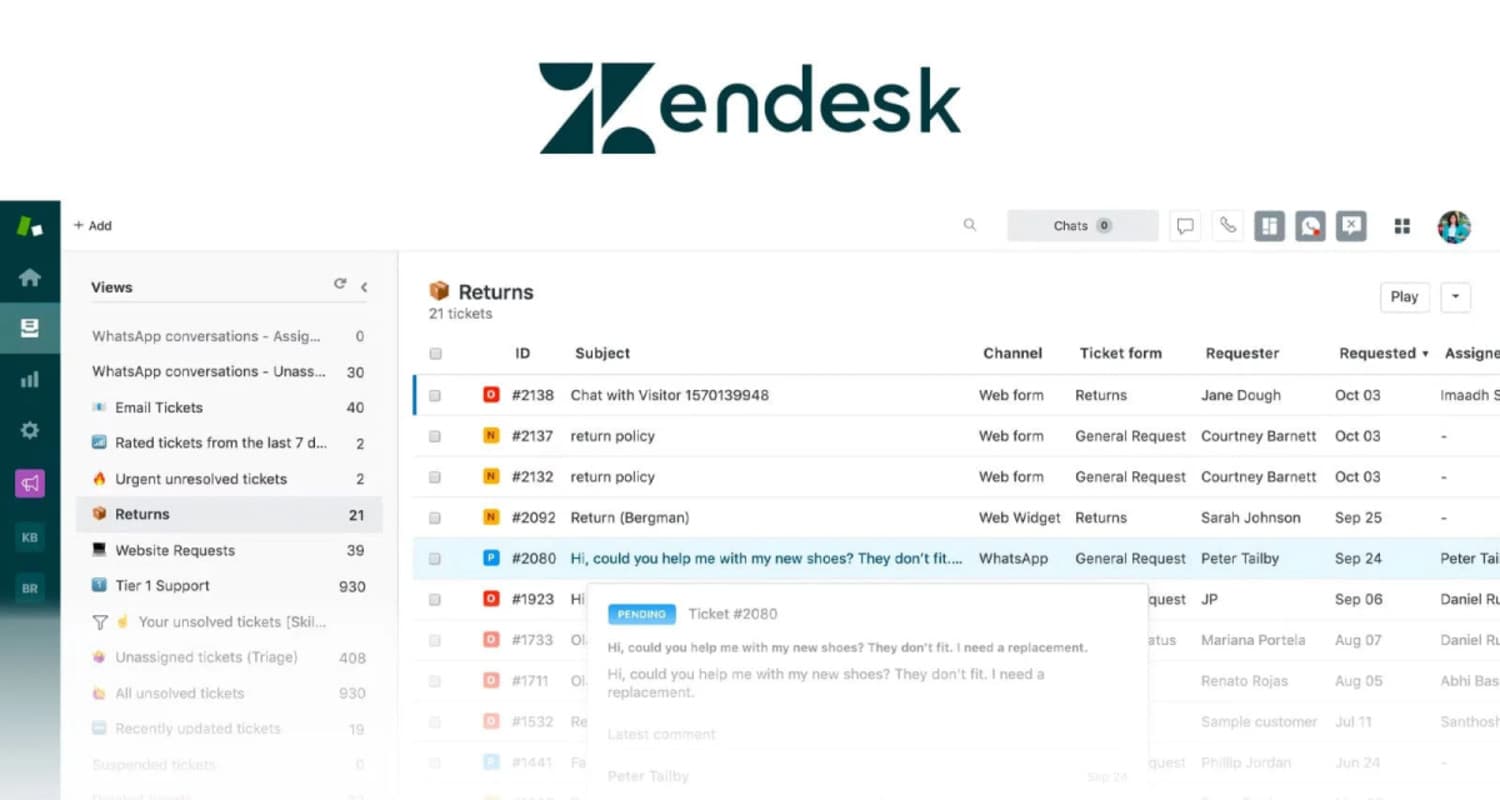Case StudyStream Team: Synthesising Insights - Uncovering Jobs to Be Done at Zendesk
Zendesk, a leading customer service and engagement platform, faced the challenge of evolving its products to meet the changing needs of its diverse customer base. With a range of offerings like the Zendesk Guide, a smart self-service destination featuring knowledgebase articles, community forums, and a customer portal, Zendesk needed to ensure that its products were effectively addressing the core jobs that customers needed to get done.

The Solution
To tackle this challenge, Zendesk implemented a systematic approach to uncover the underlying jobs to be done by their customers:
- Contextual Understanding:
- Started by understanding the context of Zendesk’s product offerings and the brand’s mission to be the company that customers want them to be.
- Leveraged insights from brand design and customer feedback to identify the key areas where customers were seeking solutions.
- Customer Research and Insights:
- Conducted extensive customer research, including interviews, surveys, and user testing, to gather deep insights into customer needs and behaviors.
- Focused on understanding not just what customers were doing with Zendesk products, but why they were doing it, to uncover the underlying jobs to be done.
- Identifying Functional, Emotional, and Social Jobs:
- Analyzed the data to identify the functional, emotional, and social jobs that customers were trying to accomplish. Functional jobs related to practical tasks, emotional jobs addressed feelings and motivations, and social jobs involved perceptions and interactions.
- Developed a comprehensive map of these jobs to guide product development efforts.
- Creating Job Statements:
- Developed clear job statements that articulated the core needs and desires of customers. These statements served as a foundation for design and development decisions.
- Ensured that job statements were specific, actionable, and aligned with Zendesk’s broader strategic goals.
- Integrating JTBD into Product Design:
- Integrated the insights from the JTBD analysis into the design and development processes. Used job statements to inform feature prioritization, user experience design, and overall product strategy.
- Collaborated closely with cross-functional teams to ensure alignment and consistency in addressing the identified jobs.
Outcomes achieved
By focusing on uncovering the underlying jobs to be done, Zendesk achieved significant improvements in product development and customer satisfaction:
- Enhanced Product Relevance:
- The insights gained from understanding JTBD allowed Zendesk to develop products that were more closely aligned with customer needs. This led to the creation of features that directly addressed users' functional, emotional, and social jobs.
- Products became more relevant and valuable to customers, resulting in higher satisfaction and engagement.
- Informed Decision-Making:
- The JTBD framework provided a clear rationale for decision-making in product design and development. Teams could prioritize features and design elements based on their alignment with the core jobs identified.
- This led to more focused and effective development efforts, reducing the risk of investing in features that did not resonate with customers.
- Improved Customer Satisfaction:
- By addressing the underlying jobs to be done, Zendesk was able to enhance the overall customer experience. Users felt that the products were designed with their specific needs in mind, leading to higher satisfaction and loyalty.
- Positive customer feedback reinforced the value of the JTBD approach and encouraged ongoing improvements.
- Stronger Brand Alignment:
- The integration of brand design insights with JTBD analysis ensured that product development efforts were aligned with Zendesk’s mission to be the company customers want them to be.
- This alignment strengthened the brand’s value proposition and market position.
- Continued Innovation:
- The ability to continuously uncover and address new jobs to be done helped Zendesk stay ahead of market trends and customer expectations.
- The JTBD approach fostered a culture of continuous innovation, driving ongoing enhancements and new product offerings.
